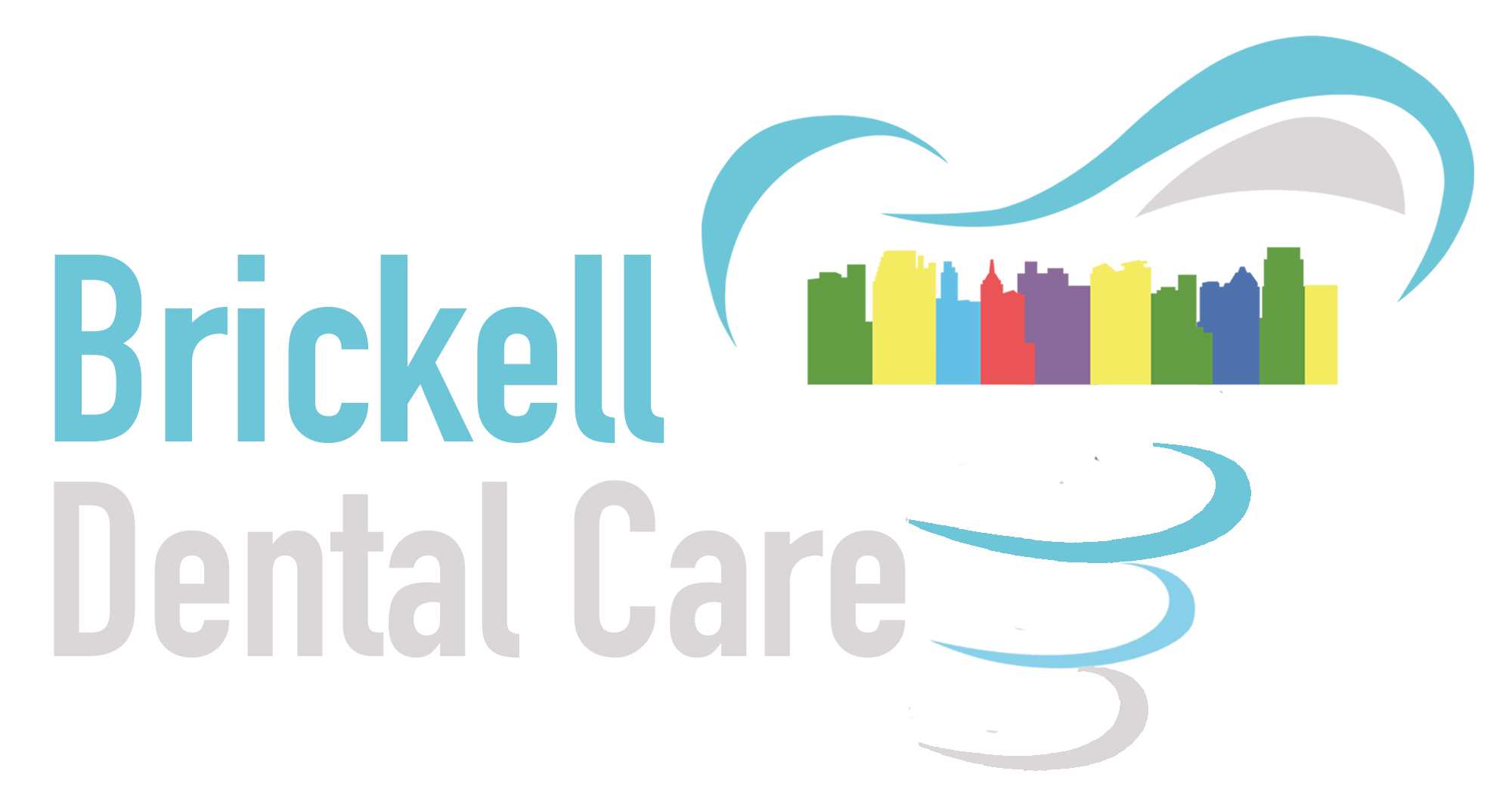Introduction to Tooth Loss: Understanding the Impact
The complete absence of a tooth row is a significant dental health issue that affects countless individuals globally. It can result from various factors such as periodontal disease, trauma, or congenital conditions. The implications of losing an entire row of teeth are profound, not only because it compromises one’s ability to chew and speak properly but also due to the aesthetic concerns that can lead to decreased self-esteem and social discomfort. Moreover, tooth loss can lead to changes in facial structure and jawbone deterioration, presenting further health issues if left unaddressed.
Dental Implants: A Permanent Solution
Dental implants represent an advanced and long-term solution for replacing an entire row of missing teeth. This procedure involves the surgical insertion of titanium posts into the jawbone, which then fuse with the bone through a process called osseointegration. Upon successful integration, these posts act as sturdy anchors for dental prosthetics that are custom-designed to replicate the look and feel of natural teeth.
The benefits of dental implants are manifold; they provide a permanent fix that restores full functionality, they prevent jawbone loss by stimulating bone growth, and they offer an aesthetic solution that closely matches natural teeth. However, candidates for this procedure must have adequate jawbone density and be in good general health. It’s also worth noting that while dental implants have a high success rate, they do require a commitment to oral hygiene and regular dental check-ups.
Removable Dentures: Traditional and Accessible
Removable dentures have been the traditional go-to option for addressing complete tooth row loss. They consist of a gum-colored base fitted with artificial teeth, designed to rest comfortably over the gums. Dentures can restore basic function and aesthetics but do not prevent bone loss since they do not stimulate the jawbone like natural tooth roots or implants would.
The advantages of removable dentures lie in their accessibility and non-invasiveness; they don’t require surgery and are often more affordable than implants. However, there are limitations: dentures may not offer the same level of comfort or stability as other options, can lead to sores if ill-fitted, require maintenance, and need to be replaced periodically.
Fixed Bridges: An Alternative Approach
Fixed bridges serve as another alternative for replacing missing teeth when adjacent healthy teeth are present. These act as anchors (abutments) for the bridge—a set of connected crowns—that spans across the area where teeth are absent. Fixed bridges are cemented into place, offering more stability than removable dentures.
While fixed bridges can provide a semi-permanent solution with good functional outcomes and aesthetics comparable to natural teeth, they also come with considerations. Adjacent healthy teeth must be filed down to serve as abutments which can weaken them over time. Plus, meticulous oral hygiene is crucial since bridges create areas that are challenging to clean effectively.
Innovative Procedures In the Treatment of Complete Absence of a Tooth Row
The future looks bright with innovative procedures on the horizon promising more options for those dealing with complete absence of a tooth row. For instance, tissue engineering holds potential for regrowing lost tissues including gums and bone—perhaps one day even bioengineered teeth themselves. 3D printing technology is another frontier being explored; companies like 3D Smile already harness this tech for orthodontic solutions by producing custom-fit aligners faster than traditional methods—potentially shortening treatment time significantly compared to braces.
In summary, while losing an entire row of teeth presents considerable challenges both functionally and aesthetically, there is a range of solutions available—from traditional dentures to state-of-the-art dental implants—and even more promising treatments on the horizon due to advances in technology like tissue engineering and 3D printing methodologies. With continued research and innovation in dental care practices, there is hope for even more effective treatments in managing complete tooth loss in the near future.

